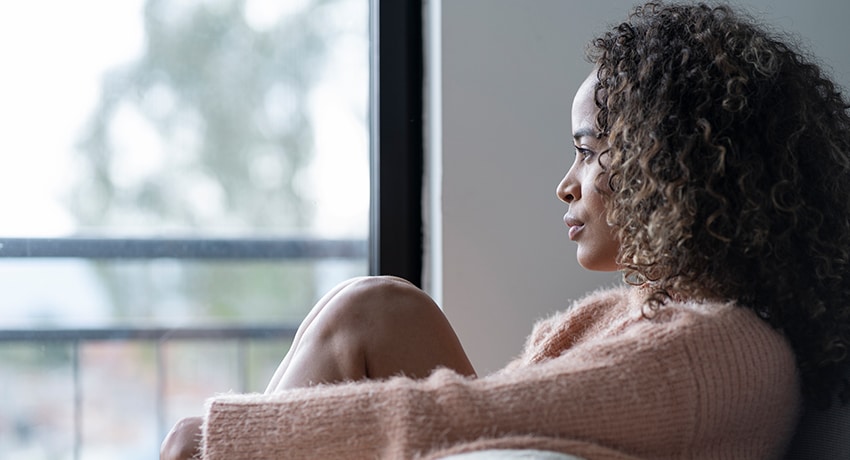In March 2020, our world became smaller. Life as we knew it was affected by the isolation required during the COVID-19 pandemic. The feeling of the unknown, along with no end date, provided some anxious times.
Thanks to new state legislation, every March 4 will now be observed as COVID-19 Heroes and Memorial Day, to honor Texans who put their health and safety on the line to serve others during the pandemic. It also sets aside a moment to remember Texans who died from COVID-19.
How did the face of mental health change during COVID-19? Our experts share their perspectives.
The power of technology
Technology for mental health shifted forward dramatically as a result of the pandemic.
Telemedicine is the biggest change for mental health during COVID-19, according to Bobby R. Nix, MD, a psychiatrist with UT Physicians. While telemedicine has been around – even as he moonlighted as a medical school resident — the pandemic fast-forwarded it. His department is still using telemedicine today, when it makes sense. Roughly 60% to 70% of his appointments are still through telemedicine, said Nix, an associate professor in the Louis A. Faillace, MD, Department of Psychiatry and Behavioral Sciences at McGovern Medical School at UTHealth Houston.
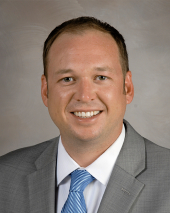
The 988 national suicide and crisis hotline, a new memorable 3-digit number, also came out right after the pandemic, which is another example of technology moving forward to fit people’s needs. In addition to phone calls, new features enable users to text and chat through the computer during their moment of crisis, which is huge, Nix said. As a result, volume increased 46% in its first year with nearly 5 million contacts. This includes more than 740,000 chats and 600,000 texts, making it easier for people to reach out.
While more people were seeking mental health treatment at the time, it became more socially acceptable, as well.
“I think everybody just became more comfortable talking about mental health, which made more people seek it out,” Nix said. “There were a lot more talks and lectures being requested for mental health and what to do, celebrities were talking about it.”
Helping our health care field
Health care workers, providers, and physicians faced their own mental health struggles during the pandemic.
“A lot of people were feeling overburdened for different reasons, so we set up a program for the hospital workers and physicians to fast-track their treatment,” Nix said. “But we also saw patients that people don’t think about. I saw surgeons.”
Nix said surgeons who focused on elective procedures saw him for mental health treatment because they felt purposeless. They told him, ‘I can’t do surgery. There’s a global pandemic, and there is nothing for me to do. I’m a physician, and I can’t help.’
This was the stuff you didn’t see in the news, Nix said. People go into medicine to serve and help, so to feel like they’re not doing that can impact their mental health.
The power of connection
Cesar Soutullo, MD, PhD, child and adolescent psychiatrist at UT Physicians Psychiatry Outpatient Clinic – BBSB, said everyone was more aware of mental health during the pandemic. He credits that attention to people feeling and understanding the importance of human connection and isolation – and how difficult it is to face adversity on your own.
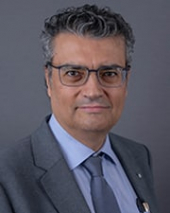
“This is usually something our patients tell us in clinic, but as a doctor or health care professional, sometimes we don’t understand,” said Soutullo, professor and John S. Dunn Professor with McGovern Medical School at UTHealth Houston. “But then (with COVID-19), it happened to everyone at the same time. The human contact that we took for granted was gone in one week.”
Soutullo describes it as a positive learning experience that helped providers understand their patients better – and one good thing that came out of the pandemic.
At UTHealth Houston, Soutullo said working as a team enabled them to get out of a very difficult situation, each one doing their part.
“I think our leadership at the university did a fantastic job keeping us informed, with clear directions, but also giving us enough autonomy to problem solve on the front line—the best way we could figure it out,” Soutullo said. “We were able to show our human side a bit more, show our vulnerabilities, and use those perceived weaknesses as a fulcrum to achieve things we didn’t know we could do.”
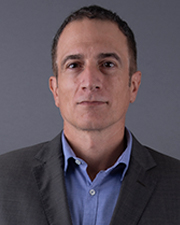
A challenge of isolation
The demands of isolation took their toll on every group, but veterans had their own challenges from it.
“What might have been good for public health wasn’t very good for mental, in terms of social isolation,” said Ron E. Acierno, PhD, professor and Louis A. Faillace, MD, Chair in the Department of Psychiatry and Behavioral Sciences at the medical school. “Particularly for a group of people like veterans who needed the opposite to reintegrate into society.”
While telemedicine allowed providers to reach more veterans through therapy, it’s just one piece of the puzzle, Acierno said. The other piece is doing what you talk about in therapy, which is getting out into the community. And COVID-19 made that a lot more difficult. When the rules of COVID-19 came down, Acierno said it facilitated the perpetuation of PTSD for veterans, who already have a propensity to avoid crowds and avoid people.
Filling a gap in health care
The effects of COVID-19 spurred a career focus for one provider. Zachary Appenzeller, PsyD, a psychologist at UT Physicians Psychiatry Outpatient Clinic – BBSB, said he didn’t start his career imagining he’d treat eating disorders. He worked at specialty obsessive-compulsive disorder and anxiety clinics, and outpatient dialectical behavior therapy programs. But he decided to fill the need that worsened during COVID-19.
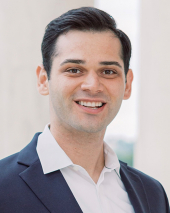
“During the pandemic, we saw this outrageous skyrocket in rates and severity of eating disorders,” he said.
Appenzeller realized he had a decision: he could refer them, or he could dive into the literature and learn more about them. He chose the latter, and he hasn’t looked back.
“The demand for those in need of services versus the supply of clinicians that could treat them and provide evidence-based treatment has always been completely imbalanced; the COVID-19 pandemic exacerbated this significantly,” Appenzeller said. “People were trying to get into treatment, and there was nowhere for them to go.”
Bravery in the unknown
Sometimes in catastrophes, Soutullo said your focus is on overcoming the problem, and you can do things you didn’t know you could do.
“In our department, we had been talking about starting telemedicine services for a long time, and there was always a hurdle, a barrier, or a reason not to move forward,” he said. “Then COVID came, and within one week we were back on our feet, serving patients – first over the phone and then with audio-visual. So, we could do it, and fast. It took a lot of effort and learning and adjusting, but I was really surprised how you can do something when everybody is on the same boat rowing in the same direction.”

